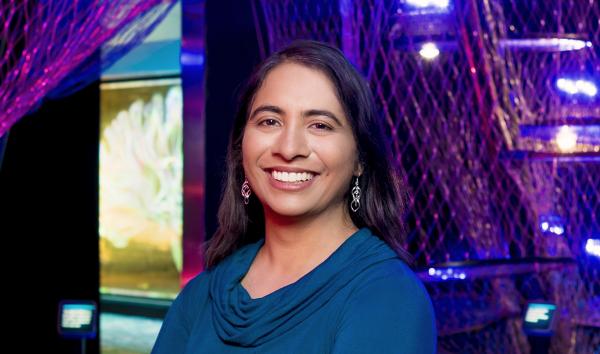
Date:
Last fall, our team of scientists started brainstorming topics to tackle in our 2020 Speaker Series on issues at the intersection of science and society. In partnership with ethicists Holly Fernandez Lynch and Steven Joffe at the University of Pennsylvania, we decided to explore the process of developing new drugs and therapies through clinical trials. We all benefit from the outcomes of clinical trials, yet the challenges of this research and the critical decisions that must be made are often invisible to those who are not directly involved.
Little did we know then that the rush to find treatments for a global pandemic would bring this topic into sharp focus today. As a novel coronavirus, the SARS-CoV-2 virus that causes the COVID-19 disease currently has no known cure or vaccine. Scientists around the world are racing to find something that will help, and doctors are anxious to try anything to help people who are critically ill. However, the systematic process of a clinical trial is essential to know for sure that an emerging treatment is safe and effective.
As Holly describes in the video below, the development of a new medical treatment typically follows a series of steps:
- Preclinical phase – laboratory studies in cell culture or animals
- Phase I – studies on a few healthy volunteers to establish basic safety
- Phase II – studies on a few hundred patients to test for a possible effect
- Phase III – studies on thousands of patients to establish direct cause & effect
The most rigorous trials that yield the most clear-cut results are called double-blind randomized controlled trials. What does that mean? Let’s say we’re trying to understand whether a new drug A is better than a standard drug B. Controlled means that half the patients will get drug A and half will get drug B to allow for comparison. Randomized means that participating patients will get randomly assigned to get either drug A or drug B—this ensures that any variation between patients (like other health conditions or differences in how regularly people take their medicine) is equal between the two groups. And double-blind means neither the patient nor their doctor knows whether they are getting drug A or drug B. Researchers conducting the trial make anonymous assignments so that there’s no bias from the expectations of the participants.
Clinical trials take time and resources, and there are ways to speed up access to experimental treatments to patients who are running out of options. Holly describes two paths in the video below. One path, established through recent “Right to Try” legislation, works outside of the U.S. Food & Drug Administration (FDA), leading to concerns about safety, oversight, and lack of data collection. The second path, the FDA’s Expanded Access program, reaches many more patients and is designed to accommodate the needs of patients while maintaining the integrity of clinical trials. For instance, due to the high demand for remdesivir, an experimental drug being tested for COVID-19, the FDA is working with the drug manufacturer to ensure that the Expanded Access program strikes the right balance.
As I’ve talked with researchers, doctors, and patients over the last few months, it’s clear that at the heart of the clinical trials process is a personal choice for each individual patient. We ask them to take on an uncertain risk with no guaranteed benefit, but their decision to participate will help many more people in the future. As Bill, a patient at Temple University’s Center of Hope ALS clinic, told me, “I’m willing to take that risk… These clinical trials will hopefully help me, in the short term, but the people after me in the long term.”


